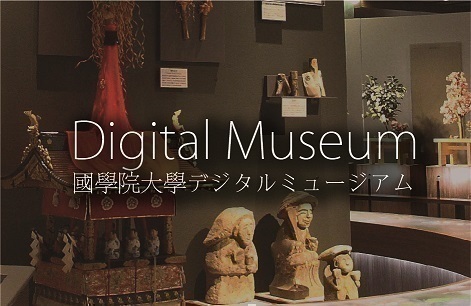- トップ
- Encyclopedia of Shinto
- Mozume Takayo
Encyclopedia of Shinto
| Main Menu: | |
| Links: |
詳細表示 (Complete Article)
| カテゴリー1: | 8. Schools, Groups, and Personalities |
|---|---|
| カテゴリー2: | Personalities |
| Title | Mozume Takayo |
| Text | (1817-83) Scholar of National Learning (kokugaku) from the late Edo period to the early Meiji era. Born on the first day of the second month of 1817 in the castle town of Kitsuki in Bungo Province (now Kitsuki City, Oita Prefecture), Mozume had the epistolary name Muguraya. A dedicated student from childhood, he studied Chinese classics under Motoda Chikukei and kokugaku from Watanabe Shigena's disciple Sadamura Naoyoshi. His academic talents were recognized in 1868, when he was invited to lecture on Shinto classic texts at the academy Usa Gakkan in Buzen Province. He was subsequently made Shinto priest-professor (shinkan kyōjū) for Kitsuna domain, as well as professor of kokugaku at the domainal academy Gakushūkan. In 1869, Mozume was commissioned to serve as a Religious Instructor (senkyōshi) within the government's newly established system of Shinto promulgation (see taikyō senpu). He was promoted to the rank of Provisional Junior Professor of Instruction (senkyō gon-shōhakase) in the third month of 1870, and in the sixth month of that year became a disciple of the Hirata Atsutane kokugaku school. With his son and fellow senkyōshi Mozume Takami, Takayo pursued research on Shinto texts and the propagation of Shinto teachings. At the same time, he had a profound grasp of studies of the Japanese language, and was especially active in research on the function of sentence particles, producing many findings on this topic. Mozume died January 2, 1883, at the age of sixty-seven. He was the author of Shintō honron (Central Discourse of Shinto) and Kō jikaku kō (On the Use of Sentence Particles in Speech), among many other works. - Sakamoto Koremaru |




